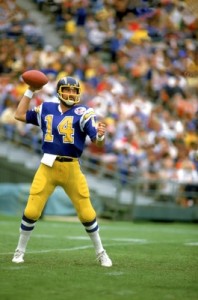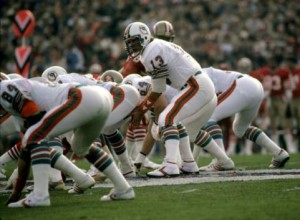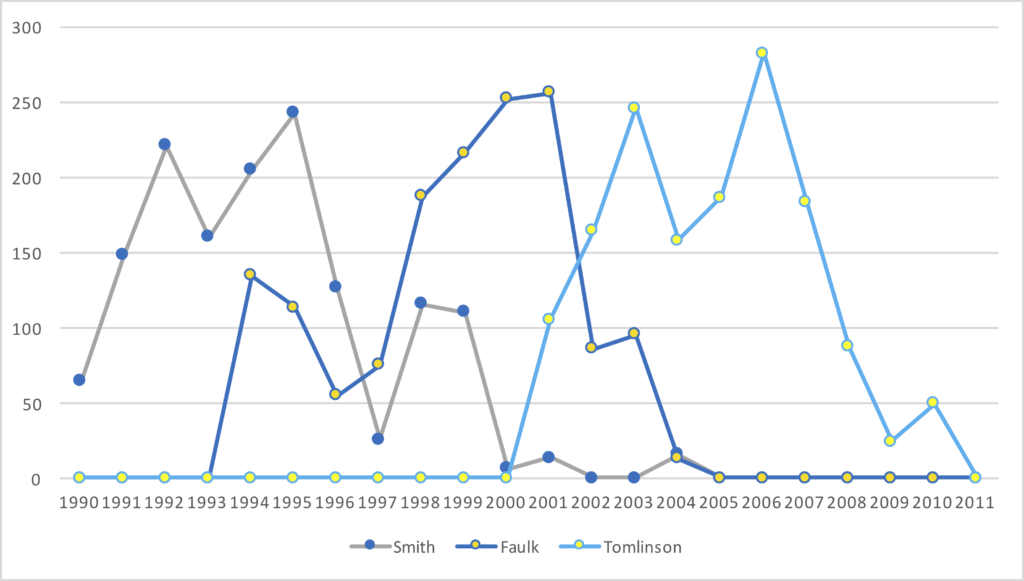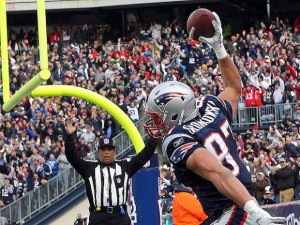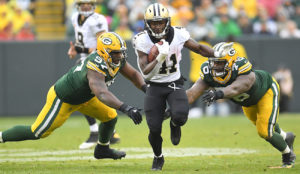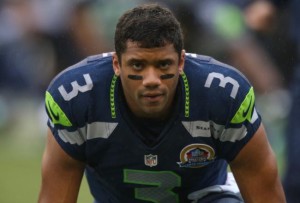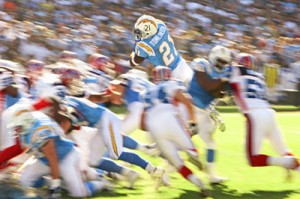
The fantasy GOAT
As I have done before, over the next few days, I want to look at the top fantasy players throughout history.
I will be using the following scoring system throughout this series: 1 point per 20 yards passing, 1 point per 10 yards rushing/receiving, 5 points per passing TD, -2 points for each interception, 6 points per rushing/receiving TD, 0.5 points per reception. Let’s use LaDainian Tomlinson in 2006 as an example. That year, he rushed for 1,815 yards and 28, caught 56 passes for 508 yards and 3 touchdowns, and even threw for 20 yards and 2 touchdowns.
That means Tomlinson scored 457.3 fantasy points that year. How valuable is that? In fantasy football, using principles of VBD, a player’s value is determined based on how much better he was than the worst starter. When calculating VBD scores, in this series, I used the 12th-ranked quarterback, 24th-ranked running back, 30th-ranked wide receiver, and 12th-ranked tight end. This assumes that the average league starts 1 QB, 2 RBs, 2.5 WRs, and 1 TE.
In 2006, the 24th-ranked running back scored 174.9 fantasy points. Therefore, the traditional methodology would say that Tomlinson produced 282.4 points of VBD in 2006, which is the most of any season since 1970. That is the standard, straightforward way to analyze fantasy production. However, that baseline is probably a bit low because some of the top 24 RBs missed games. Assuming a league where everyone plays two starting running backs, that makes RB30 the backup. So I then sorted all players by fantasy points per game, and added the FP/G from the 30th-best RB in that metric to each player’s fantasy total. Doing this raises the RB24 baseline to 190.2 fantasy points. That means Tomlinson would have 267.1 points of VBD, rather than 282.4.
There are two other adjustments I am making in this series, although neither impact Tomlinson’s 2006 season.
Let’s look at the second-most famous season that O.J. Simpson had in Buffalo. In 1975, Simpson rushed for 1,817 yards and 16 touchdowns, but what made it a historic season was that he also caught 28 passes for 426 yards and 7 touchdowns. That gave him 376.3 fantasy points, while the RB24 that year had just 130.9 fantasy points. However, using adjusted fantasy points, RB24 that year had 134.5 fantasy points. Therefore, Simpson had 241.8 points of VBD that season, but remember: in 1975, the league’s season lasted just 14 games. Therefore, for all non-16 game seasons, I multiplied each player’s VBD by 16 and divided that result by the number of team games that year. Therefore, Simpson gets an era-adjusted VBD score of 276.3, just a hair ahead of Tomlinson’s 2006 campaign. So by this methodology, it’s actually Simpson’s 1975 season that is the best in running back history.
Finally, let’s look at what Marshall Faulk did in 2001. The Rams legend had 1,382 rushing yards and 12 rushing touchdowns, while catching 83 passes for 765 yards and 9 TDs. That means Faulk scored 382.2 fantasy points. However, Faulk missed two games that season due to injury. It’s better to score 382.2 fantasy points in 14 games than in 16 games, because from a fantasy perspective, you can play someone else in those two games and get more points. If you owned Marshall Faulk in fantasy that year, you would have played your backup RB those two weeks, and that’s worth something. It would have really been worth something if you played Marshall Faulk’s backup Trung Canidate, who gained 358 yards and scored 3 touchdowns those two weeks. But for these purposes, I took the average FP/G for the average backup — after sorting by FP/G, the results for QB18, RB30, WR36, and TE18 — and added that to each player’s VBD score. For Faulk, this raises his fantasy points total from 382.2 to 400.2, because the average backup running back that year produced 9 points per game. Since RB24 (on an adjusted basis) that year had 170.3 fantasy points, this means Faulk gets 229.9 points of VBD [continue reading…]

